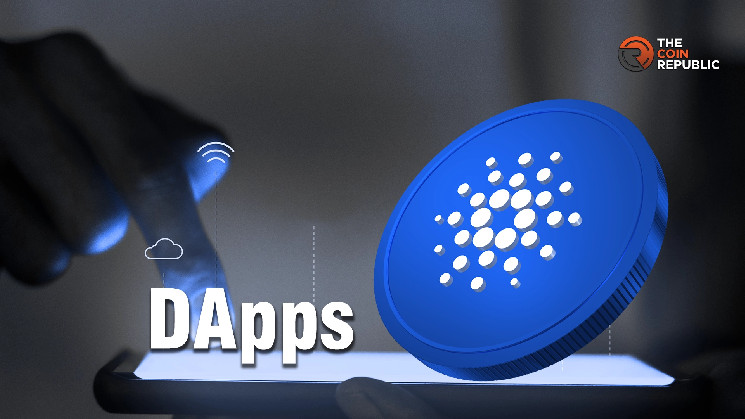Cardano’s Charles Hoskinson has weighed in on the tech shift from Prism to HyperLedger Identus. This major tech shift took place in the ecosystem about ten months ago.
The transition featured new decentralized solutions, and Hoskinson described it as an Apache2 open-source framework for identity applications.
Understanding The HyperLedger Identus Framework
The HyperLedger Identus protocol is designed to integrate decentralized identity solutions into supported applications. One of its most common offerings is extensive Self-Sovereign Identity (SSI) support. SSI is built on the World Wide Web Consortium (W3C) Decentralized Identity specification. This latter solution includes a Decentralized Identifier (DID) and verifiable credential functionality.
As documented, HyperLedger Identus simplifies the complexities of adopting a decentralized identity solution into existing and new workflows. Businesses are assured of seamless integration with Identus. It is a feature that could drive global adoption.
The HyperLedger Foundation called Identus a powerful tool for companies that want to stay ahead of the curve. Identus is written in the Scala programming language. However, the platform’s OpenAPI interface allows application development in any programming language.
It guaratees developers easy customization and scalability, with its modular architecture and interchangeable components.
Hoskinson Highlights Apps That Will Benefit From HyperLedger Identus
In his X post, the Cardano executive highlighted how the Input Output (IO) Engineering team managed community contributions. Furthermore, he pointed out that Cardano products like Midnight, and Lace will use the new tech for their identity needs.
“This is a common practice in the open core world and how SSI should work. Identity should not be the product. That makes you the product. Identity should improve the experience of other products,” Hoskinson explained.
Cardano Midnight testnet went live on testnet a few days ago. The protocol is based on the premise that developers must protect sensitive data to deliver usable Decentralized Applications (dApps).
It merges privacy with regulatory compliance on the Cardano network. The HyperLedger Identus would play a crucial role in helping it uphold users’ privacy, once the Midnight Protocol goes to the mainnet.
In July, Hoskinson even proposed using DID tech from W3C to help Tesla boss Elon Musk combat scams on X. Even Seira Yun, the Founder and CEO of Socious, backed the technology, confirming that it helps issue verifiable credentials.
Other Updates in the Cardano Ecosystem
The Cardano ecosystem recently celebrated its seventh anniversary. With excitement, Hoskinson recounted some major achievements of the blockchain. Cardano has carried out over 95.6 million transactions and onboarded over 1,000 projects. Its delegated wallets have exceeded 1.33 million, and the platform has funded over 1,800 ideas to expand innovation.
Cardano’s growth trajectory has shifted from staking to decentralization and from native tokens to multi-asset functionality. Byron, Shelly, Goguen, Basho, and Voltaire are some of the top upgrades the ecosystem has seen in these seven years.
Community members celebrated achieving full decentralization as the biggest update. This is due to the Chang hard fork launching on September 1, signaling the first batch of decentralized governance features from CIP-1694.
 thecoinrepublic.com
thecoinrepublic.com
